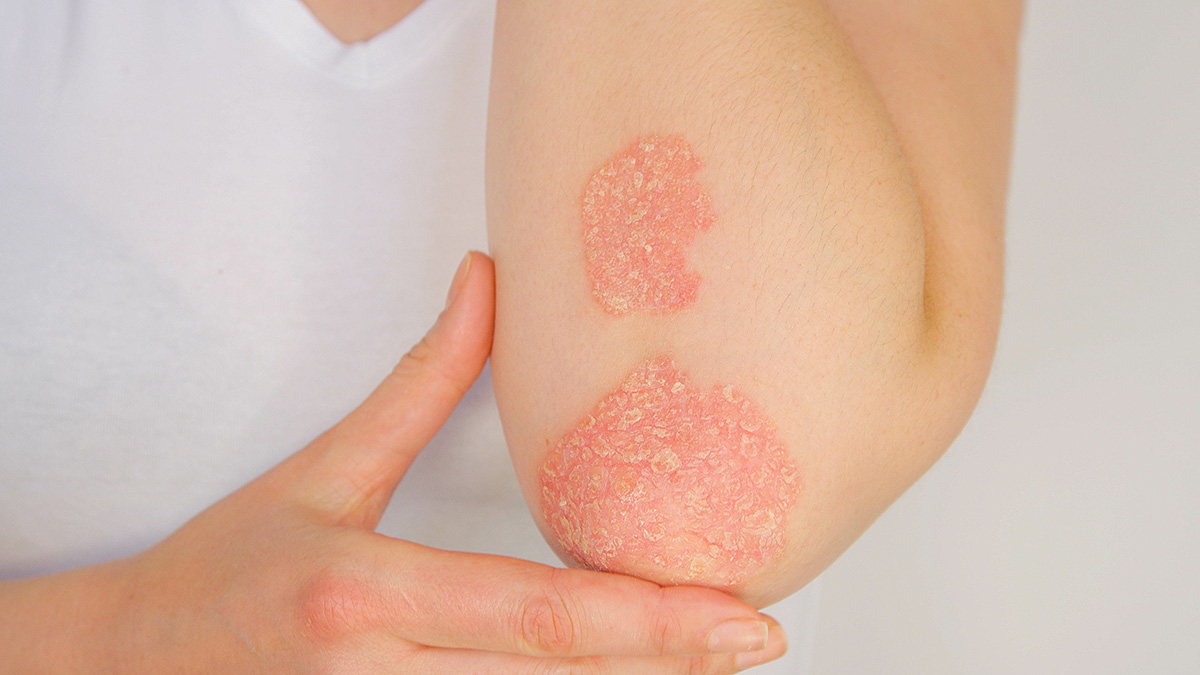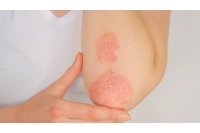830-nm and 633-nm phototherapy in the treatment of recalcitrant psoriasis

Extended Summary
Title: Combination 830-nm and 633-nm light-emitting diode phototherapy shows promise in the treatment of recalcitrant psoriasis: preliminary findings. PubMed
Author: Glynis Ablon
Journal: Photomedicine and Laser Surgery (Feb 2010) PubMed
Background & Rationale
Psoriasis is a chronic inflammatory skin condition that can be resistant to standard therapies. PubMed The study explores whether a non-invasive phototherapy approach — combining visible red light (633 nm) and near-infrared light (830 nm) via LED arrays — could improve outcomes in patients with recalcitrant (hard-to-treat) psoriasis. PubMed
Methods
Nine adult patients (3 men, 6 women; mean age ~34.3 years; skin types I–IV) with chronic, treatment-resistant psoriasis enlisted. PubMed
Treatment involved two sequential LED sessions: one with 830 nm near-IR (60 J/cm²) and one with 633 nm red light (126 J/cm²), each 20 minutes, delivered twice weekly with ~48 hours between sessions, for about 4-5 weeks. PubMed
Follow-up ranged from 3 to 8 months in most participants. PubMed
Key Results
All nine patients completed their LED regimens (four required one regimen, five required two). PubMed
At end of follow-up, clearance rates (i.e., improvement/resolution of psoriasis lesions) ranged from ~60% up to 100%. PubMed
Patient satisfaction was universally very high. PubMed
The treatment was reported to be easy to apply, painless, and free of side-effects, and was well tolerated across skin types. PubMed
Discussion & Considerations
The findings suggest that combining these two wavelengths (830 nm + 633 nm) can produce meaningful clinical improvements in psoriasis even when other treatments have failed.
Given the small sample size and preliminary nature, the authors emphasise the need for larger controlled double-blind studies to validate and refine treatment parameters (dose, duration, frequency). PubMed
They note that the anti-inflammatory effects of LED/phototherapy at these wavelengths are well documented in other contexts (wound healing, inflammation reduction) and this study extends potential applicability to dermatological disorders. PubMed
Conclusion
This preliminary study demonstrates that LED phototherapy combining 830 nm and 633 nm wavelengths is a promising, non-invasive, safe, and well-tolerated approach for patients with recalcitrant psoriasis. With high patient satisfaction and clinically meaningful clearance rates observed, the approach merits further investigation in larger, controlled trials.
More details available from the link below:

 English
English



